|
|
|
|
Dec. 19, Fri.- We spent the morning riding to Ha
Long Bay. The three hour drive took us through the Red River valley filled
with fields of corn (second season crop after rice harvest), rice paddies and
near the coast, controlled shrimp farms. The landscape transforms to an
industrial landscape (hydro electric generation, coal mining, manufacturing
plants) as we move further east and closer to the Hai Phong port.
Midway, we stopped at the Chinese equivalent of a "Friendship" shop. The
government operates the shop and employs handicapped and disabled people to copy
pictures, mainly from postcards, on to canvas by embroidery - a form of
sew-by-number.
The coastal area attracts foreign tourists and local
vacationers to Bai Chay, (one of the twin towns that comprise Ha Long- built in
1994). Ha Long and the surrounding bay area has grown from 3,000 to 1.3 million
people in ten years. Accommodations are equivalent in the number of beds as the
city of Hanoi. Declared a UNESCO World Heritage Site in 1974, the
tranquil bay consists of 1,500 sq. miles with some 3,000 limestone islands
(similar to those we saw off of Phuket) jutting up throughout the emerald
colored waterway.
Caves and grottos dot the bay created by the bizarre rock sculptures. Ha
Long means "dragon descending" and originates from local legend about a
celestial dragon barreling out of the mountains, carving deep valleys and
crevices with its tail on its descent to the sea. The dragon is said to
live under the bay to this day.
Here we embarked on a two day cruise with Huong Hai Junks. Dock space is a premium so we crossed several boats prior to boarding our compact vessel, consisting of six bedrooms: 2 narrow beds in each room with a shower and toilet. The junk was only three years old, built at a cost of $100,000 with highly lacquered wood giving it a look of more seniority than it deserved.
We settled down to a slow chug away from port and into the main bay. Along the way we encountered curious locals making their way by boat through human power or sometimes by small motors. 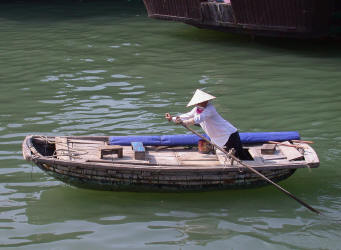 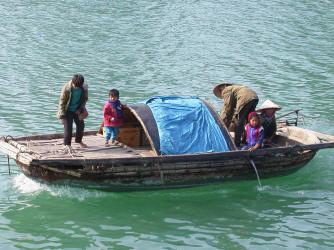 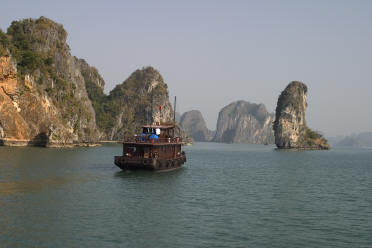 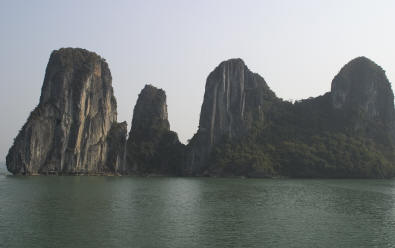 We stopped at Surprise Cave, a huge mountain cave, filled with massive stalactites and stalagmites resembling beasts, birds and human forms. 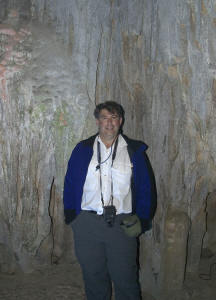 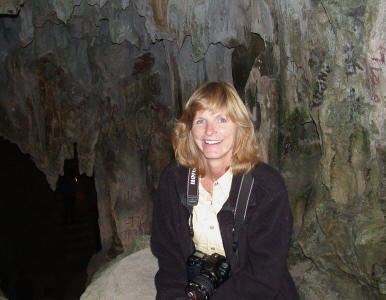 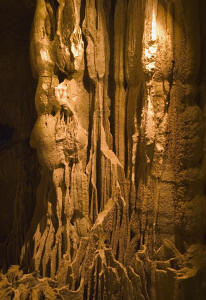 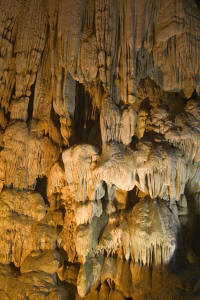 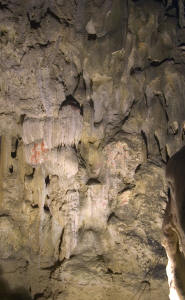 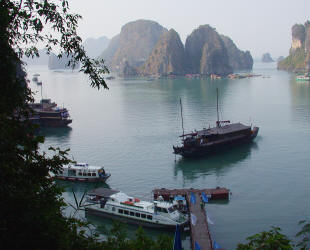 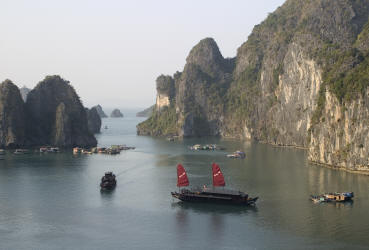
In the afternoon, the junks take advantage of a slight breeze
and open their sails for a short ride and a visually pleasing experience.
Many people live on rafts, some tied together, and floating
in the bay. We pass families with dogs and children carrying out their daily
chores as we pass them. Late in the day, we land at Tiptop Island, named by Ho Chi Minh for the famous Soviet astronaut. We climbed the mountainous steps to enjoy the sunset. 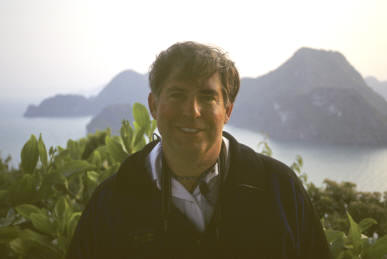 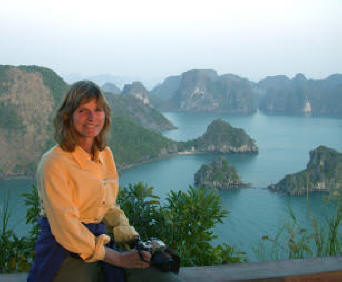 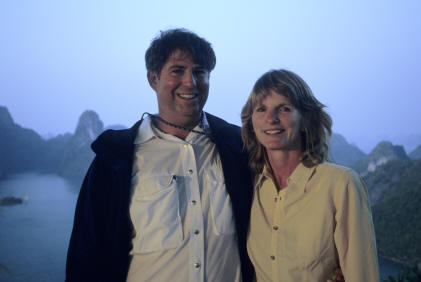
Dec. 20. Sat - We awaken to discover that we have moored overlooking Tiptop Island. We board a small row boat and venture into one of the many sea caves located in the bay, much like the Thai Honigs. 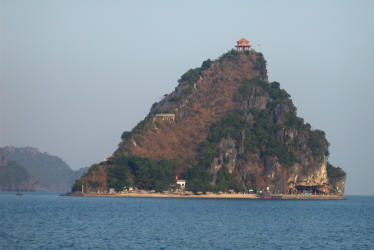
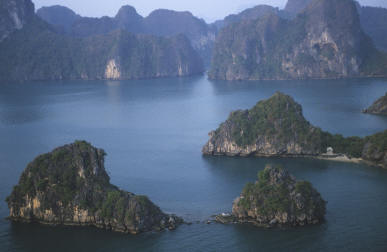
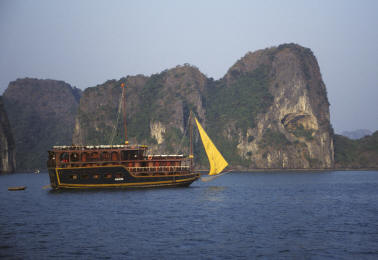 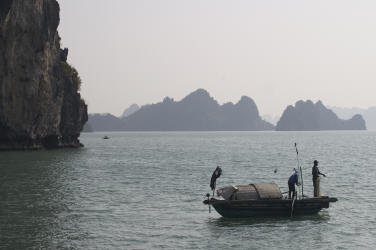 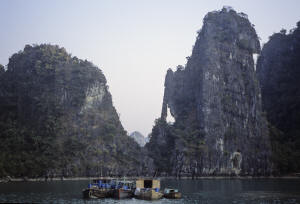
As we leave the tranquility of this beautiful bay, we are
aware of the industrialization of the area and the commercial shipping lane (primarily
coal being transported) that cuts across the bay, all of which is on a collision
course with the environment. Already corporate donations have contributed
to the clean up of wastewater along the more popular beach areas. However, the
number of people living on the water contributing to dumping garbage and sewage
as well as the destruction of caves and beaches by graffiti and vandalism
threaten to ruin the bay's scenic beauty. Hanging in the balance is Ha
Long Bay's protected status if these issues are ignored.
|
|
|